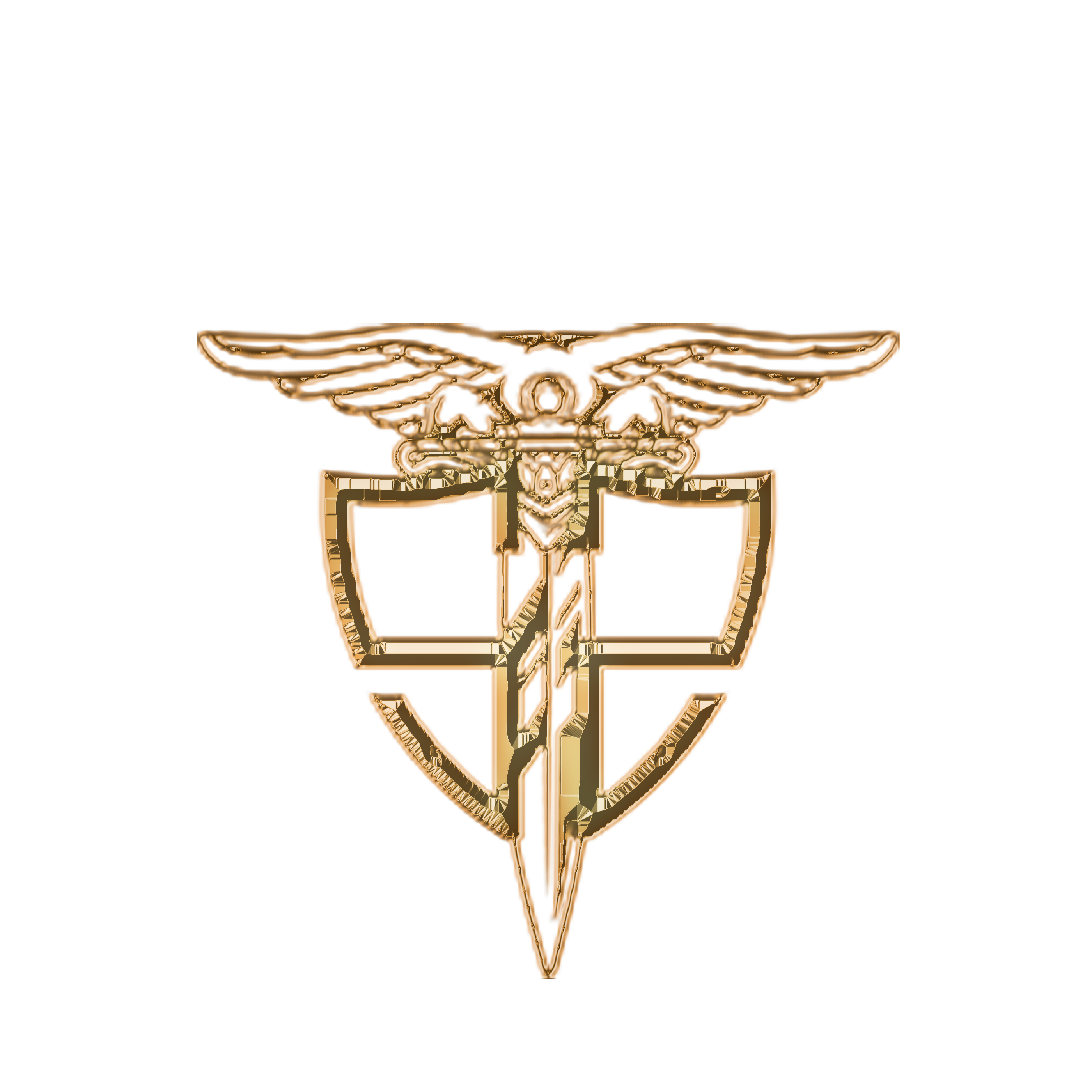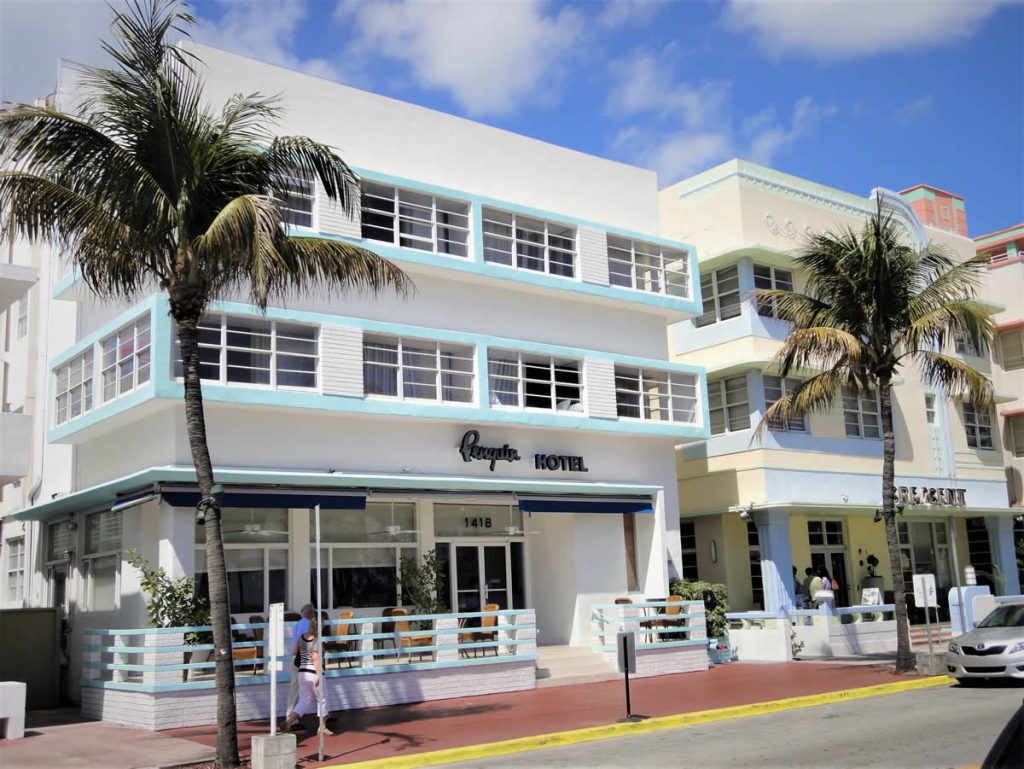Table Of Content

For DesignOps to flourish at your business, you’ll need a way of making it easy to create, update, and find relevant resources. Tools like ClickUp can help make creating and maintaining your DesignOps resources so much easier. Your unified design system is the core of your DesignOps processes and team. It is essentially a knowledge base that is the single source of truth for all things design, from the language you use to the components you need. Even teams that survived the growth-at-all-cost era, where "more" was the only mandate, may struggle with a new emphasis on efficiency.
Call of Duty: Black Ops 3 Gets Its Own NASCAR Design on GameStop's No. 20 Car - GameSpot
Call of Duty: Black Ops 3 Gets Its Own NASCAR Design on GameStop's No. 20 Car.
Posted: Thu, 05 Nov 2015 08:00:00 GMT [source]
Immersive Experience Design: Expert Insights and Techniques
Members meet semi-regularly to open lines of interdisciplinary communication and work towards shared, design-related goals. See how ClickUp can help your company launch its own DesignOps to start better supporting your design team. In a solitary structure, one person has been given the official recognition and bandwidth for full-time dedication to DesignOps. While individual teams without a unifying DesignOps structure have the benefit of choosing tools and methods autonomously, the biggest issue within a scattered structure is often lack of consistency. When individual teams are not aligned, they may develop wide variations in processes, methods, and tool stacks that make it difficult to collaborate, share insights and templates, or avoid duplicative work. What is design ops, and why should you make it a part of your product team’s culture?
Key areas of DesignOps
This page will walk you through the basics of design ops and give you suggestions for incorporating it into your team. In return, they can help communicate to everyone how to speak the design language. By removing this friction and confusion, everyone can act appropriately for the greater good. Their goal is to streamline design, remove any inefficiencies, and enable the designers to flow with the research they need, repeatable processes, and tools to succeed. Consumers and developers alike will benefit from an ecosystem where multiple hardware makers build on a common platform. We look forward to continuing on this journey to bring mixed reality to more people.
DesignOps Business Colloquium Imperial College Business School - Imperial College London
DesignOps Business Colloquium Imperial College Business School.
Posted: Fri, 10 Jun 2022 15:17:07 GMT [source]
Design Ops Is Quickly Becoming a Must-Have Mindset for Any Product Team
The DesignOps engineer organizes seminars and training for the career development of the design team. In addition, the manager does their best to provide colleagues with professional and emotional support by planning team events. Clearly communicating the company’s or project’s goals can act as a great motivator for the design team.
For example, design managers might be given authority and resources to create method protocols for their teams. Or, committees of representative designers may take on specific DesignOps challenges, such as creating a design system, documenting the design process, or systematizing UX meetings. While many companies value and invest heavily in design, non-designers in leadership may not know how to scale design or incorporate it into broader initiatives. Without DesignOps or similar facilitative roles, design teams in large organizations risk being overwhelmed by distractions and detached from other departments.
Ways to Make Authentication Systems More User-friendly
Flow states don’t come when they’re bouncing between meetings, suffering analysis paralysis, or forgetting the next steps in the process. You must limit those distractions and emphasize the value of their deep work. Armed with a comprehensive understanding, design teams can select the areas with the most opportunity and potential ROI for their specific, current challenges and concentrate their DesignOps efforts accordingly. Finding the right person for the role is the only way to set your team and people up for success. It’s easier for everyone if the people have a good skill set to start with, and as a leader, your job is to support them and nurture the skills they already have to help them grow. To put it very simply, DesignOps is a discipline born to support a design team’s growth and scale while preserving an efficient and frictionless way of working and a consistent and impactful product outcome.
Stage 2: Assemble a Collaboration Force
It starts by identifying DesignOps roles which will result in streamlining the design process. All fields must figure out how to mitigate growing amounts of bureaucracy and overhead communications as they scale. Learn to define, share, and implement DesignOps practices in your organization.

In contrast to development, in design, the idea of operations has not yet arrived everywhere and often design work is completely integrated into the IT team and the same processes and workflows are imposed on the design work. Of course, cross-functional teams are important and collaboration between dev and design is certainly high on the agenda. However, UX and UI tasks cannot simply be integrated one-to-one into dev workflows, as in sprints when working according to Scrum or similar agile methods. DesignOps (Design Operations) is a collective term that refers to the mechanisms for organizing the work of the design department. Сorrespondingly, a DesignOps engineer is the name of a specialist who solves issues related to the growth of the team, the search for employees, the purchase of equipment, the control of design results, and so on. The task of DesignOps engineers is to free designers from such problems so that they can serenely conduct research and create quality products.
As well as more business-as-usual activities such as managing accesses, naming conventions, and so on. Ceros is the best way to create interactive content without writing a single line of code. Someone decides to champion DesignOps and its corresponding duties, or someone recognizes the need for a design facilitator and makes a hire.
In a small company with a handful of designers, you may only need a set of codified processes and resources that help software designers work more efficiently. On the other hand, larger companies typically have an entire team of dedicated professionals tasked with managing and improving their organization's design processes. This DesignOps team of one is typically focused on damage control through necessity, making sense of the backlog of operational debt and tackling the most obvious pain points one at a time. This role works across multiple designers or design teams to identify the biggest operational challenges and develop consistencies and standards that will benefit all teams. Without design ops, a product organization can, in essence, create a waterfall development pattern, where the development team has to wait to begin until the designers have completed their work. For most organizations, an agile development approach would be more efficient, where designers and developers worked together and in a more iterative, collaborative way.
But, as Malouf summarizes, DesignOps is everything that supports the high quality of crafts, techniques, and processes. All of this will help you build products and services that perfectly correspond to clients’ needs and that are intuitive to use which will positively impact the user experience. If you’re looking for a tool that will improve your design workflow by making collaboration between your designers and software engineers smoother then check out UXPin Merge.














